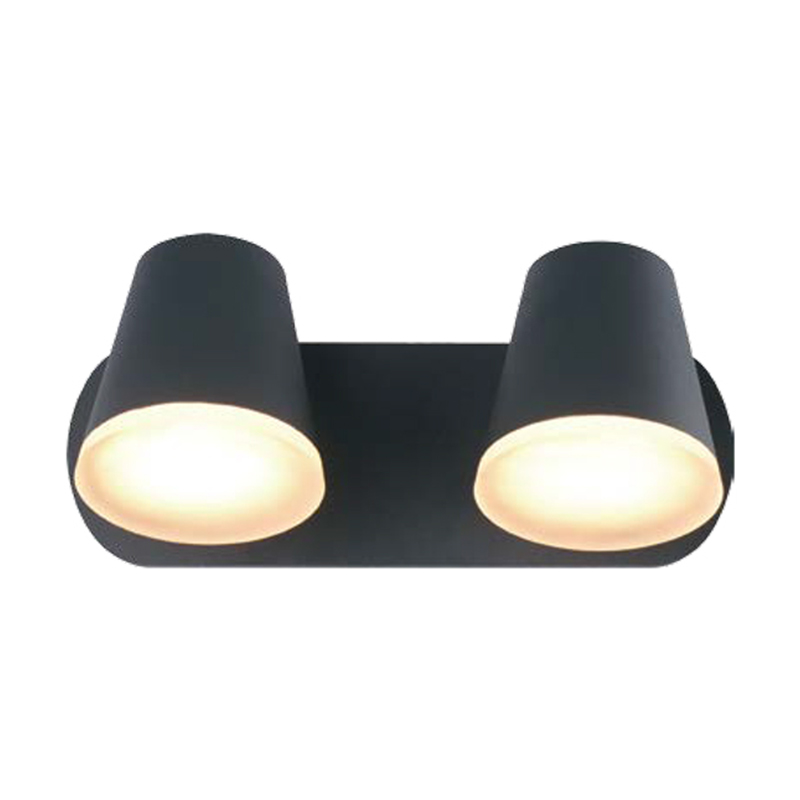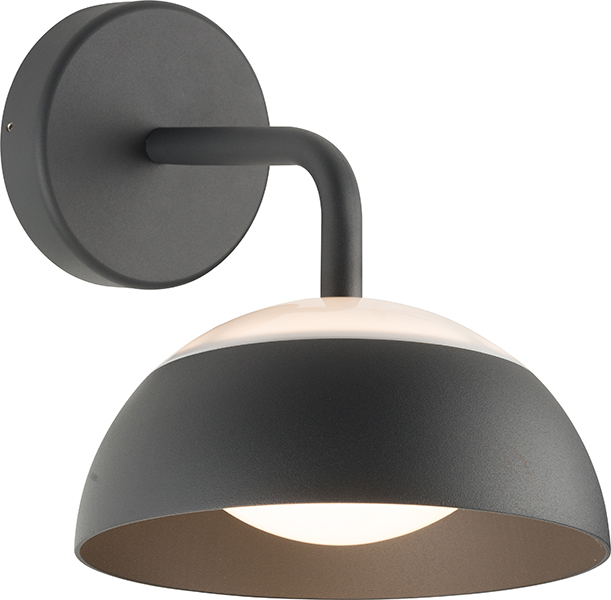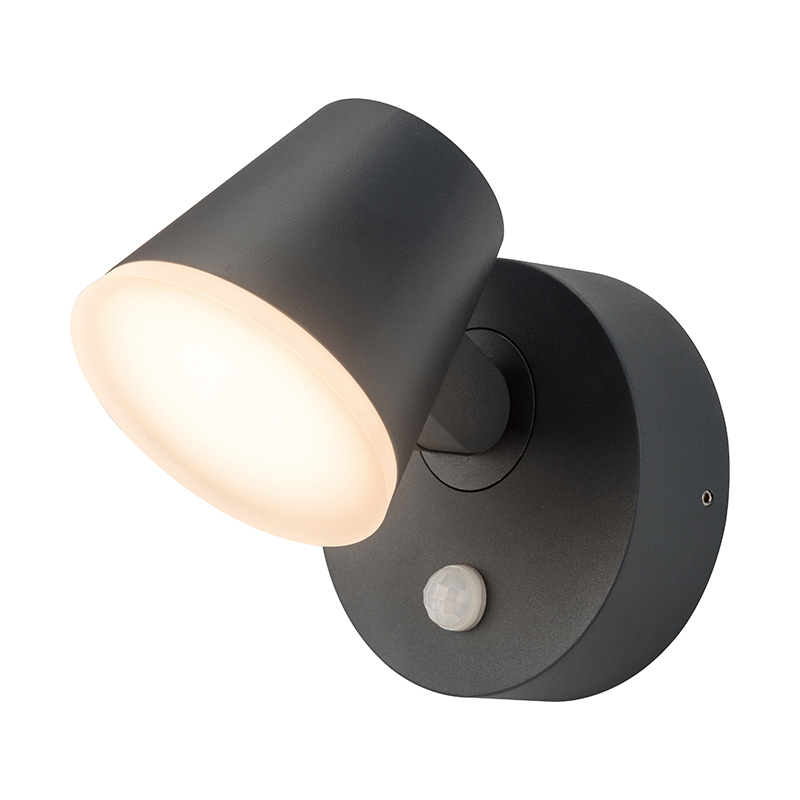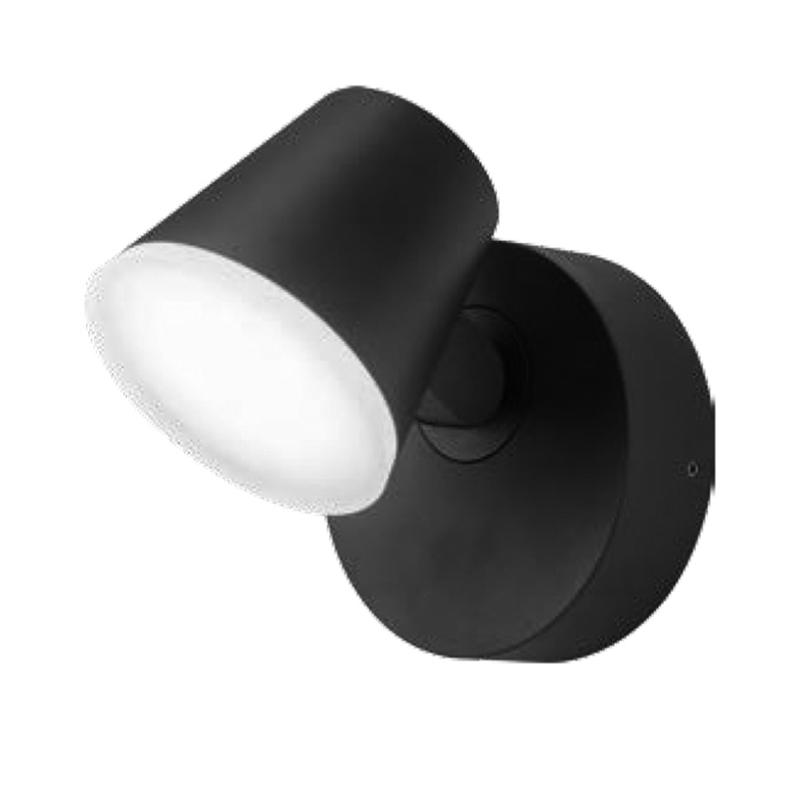
Are there any safety concerns with outdoor solar lawn lights, such as overheating or electrical issues?
Overheating in outdoor solar lawn lights occurs when internal components, such as the battery or wiring, become excessively hot. This is most common in cases where solar lights are exposed to prolonged periods of direct sunlight, particularly if the lights are not properly ventilated or if the quality of materials used in the light construction is subpar. Overheating can cause a reduction in performance, damage the internal circuitry, or even result in the battery failing prematurely. In extreme cases, it could lead to a fire risk. To minimize the chance of overheating, ensure that solar lights are placed in well-ventilated areas and not subjected to constant, direct sunlight for extended hours, especially in regions with high temperatures. Opt for lights that are designed with thermal management features such as heat sinks or passive cooling systems that help dissipate heat effectively. Routine inspections of the lights for signs of overheating, such as discoloration or excessive warmth, can help detect potential issues early.
While solar lights operate on low-voltage direct current (DC), faulty wiring, worn-out connections, or improper installation can lead to significant electrical risks. Electrical issues can cause short circuits, sparks, or malfunctioning of the lighting system, increasing the potential for a fire hazard. Exposed, frayed, or damaged wiring—often caused by weather exposure or physical damage—can lead to a short circuit or pose a potential electrical shock hazard. It’s important to regularly inspect all wiring for wear and tear, paying special attention to areas that are exposed to the elements.
The rechargeable batteries in outdoor solar lights, typically lithium-ion (Li-ion) or nickel-metal hydride (NiMH) batteries, store and release energy to power the light. Over time, these batteries degrade due to constant charging cycles. If a battery is damaged, punctured, or exposed to extreme temperatures, it can leak harmful chemicals, overheat, or, in rare cases, catch fire. A bulging or leaking battery is a clear sign that the battery needs to be replaced. Overcharging or excessive discharging can reduce battery life and, in the worst-case scenario, cause the battery to fail entirely, potentially leading to hazardous situations. To mitigate battery-related safety concerns, always use the appropriate battery type and capacity specified by the manufacturer. If the battery is no longer functioning properly, replace it immediately. Avoid charging the batteries for extended periods and never attempt to charge damaged batteries, as this could lead to thermal runaway or leakage.
Water damage is a frequent cause of malfunction in outdoor solar lights, particularly if the lights are exposed to excessive moisture or if the housing has been compromised. Although most outdoor solar lights are built to be weatherproof, cracks in the casing or a damaged seal around the solar panel or light bulb can allow water to enter the system. This can lead to electrical shorts, rust, corrosion, and component failure. Moisture ingress can also reduce the efficiency of the solar panel, making the light less effective or completely inoperable. To reduce the risk of water damage, always inspect the light for cracks, broken seals, or other signs of wear that could allow water to penetrate.
Product Category
News Category
- Detailed information
 Emily: emily@cn-hangjia.com
+86-158 8806 3776
Emily: emily@cn-hangjia.com
+86-158 8806 3776 Fanny: fanny@cn-hangjia.com
+86-134 8422 9778
Fanny: fanny@cn-hangjia.com
+86-134 8422 9778 Tina
: tina@cn-hangjia.com
+86-159 5829 3091
Tina
: tina@cn-hangjia.com
+86-159 5829 3091 Address : East Industrial Park Linshan Town Yuyao City Zhejiang Province
Address : East Industrial Park Linshan Town Yuyao City Zhejiang Province

 English
English 中文简体
中文简体







